The San Giovanni e Paolo Civil hospital was previous known as Scuola Grande di San Marco, which is a Renaissance building located in Campo Santi Giovanni e Paolo, in Castello district.
The term “Scuola” (school) refers to an ancient secular institution that chose a patron saint and to which citizens of the middle class adhered, while patricians adhered to the “Scuole Grandi”.
The “Scuole Grandi” were destined for charitable works and public assistance and, thanks to their importance and generous donations, they had a lot of cash at their disposal, which they used to embellish their premises with works of art by famous artists, or were invested in real estate and loans.
The prestige of the Great Schools was such that, in some moments of crisis, the Serenissima asked for their help to find the funds necessary to finance the wars in progress.
The Scuola Grande di San Marco was the headquarters of the confraternity of the “battuti” (beaten), established in 1260. The first seat of the confraternity was the church (now demolished) of Santa Croce, in today’s Giardini di Papadopoli (near p.le Roma) with the name of Scuola dei Battuti. Over time, the institution had become so important that it took the name of the patron saint of the city and built the most imposing of the schools on Venetian soil.
In 1437, the Dominicans of the adjacent Basilica of Saints John and Paul granted a nearby area for the construction of the new headquarters, which was devastated by a major fire on March 31, 1485, because of a candle left lit. In twenty years the Scuola was rebuilt, under the direction of the architect Pietro Lombardo, and the marble facade is a perfect example of the Renaissance style.
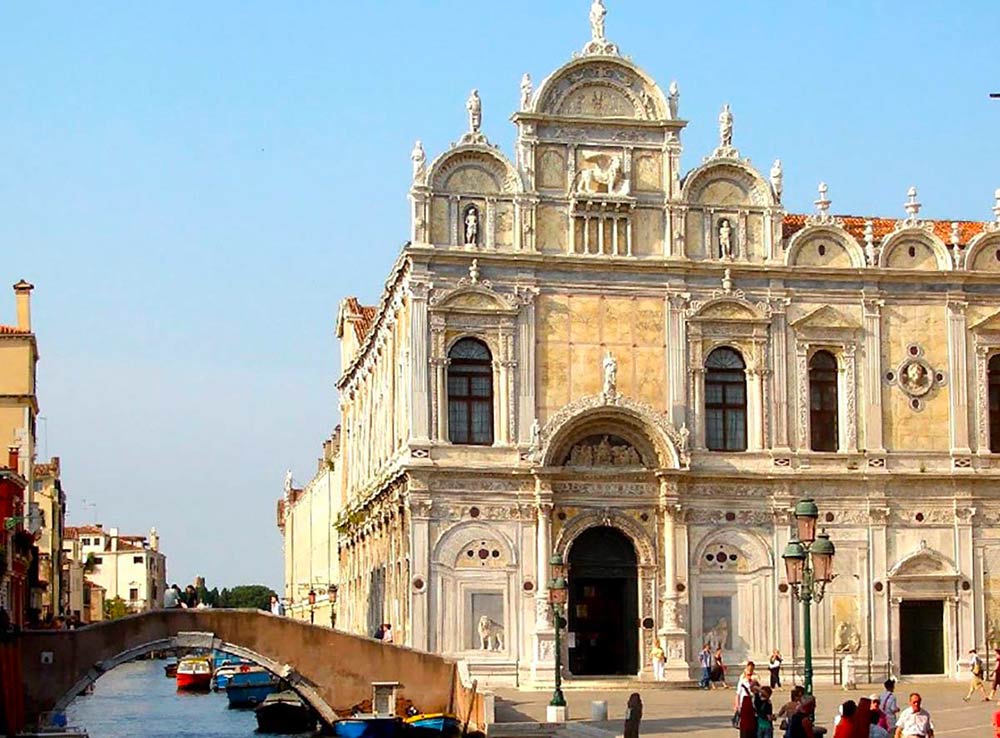



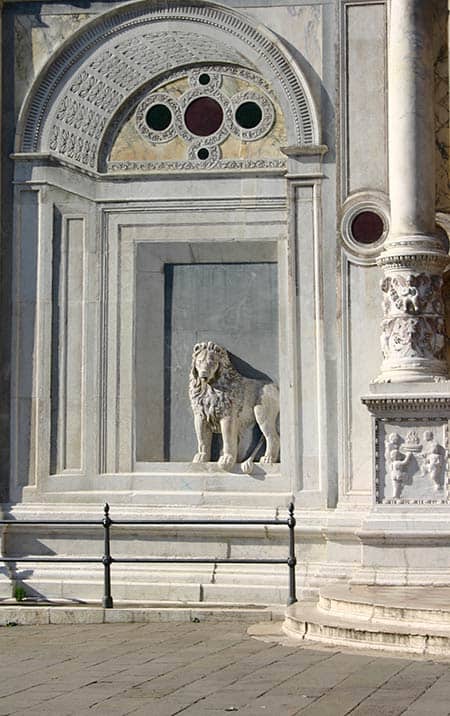
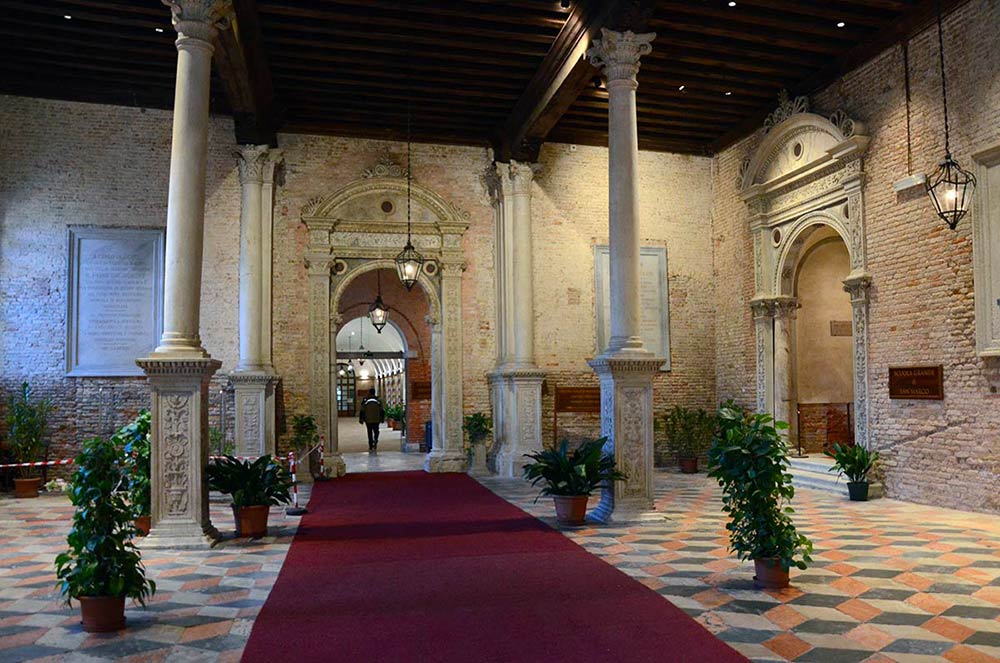
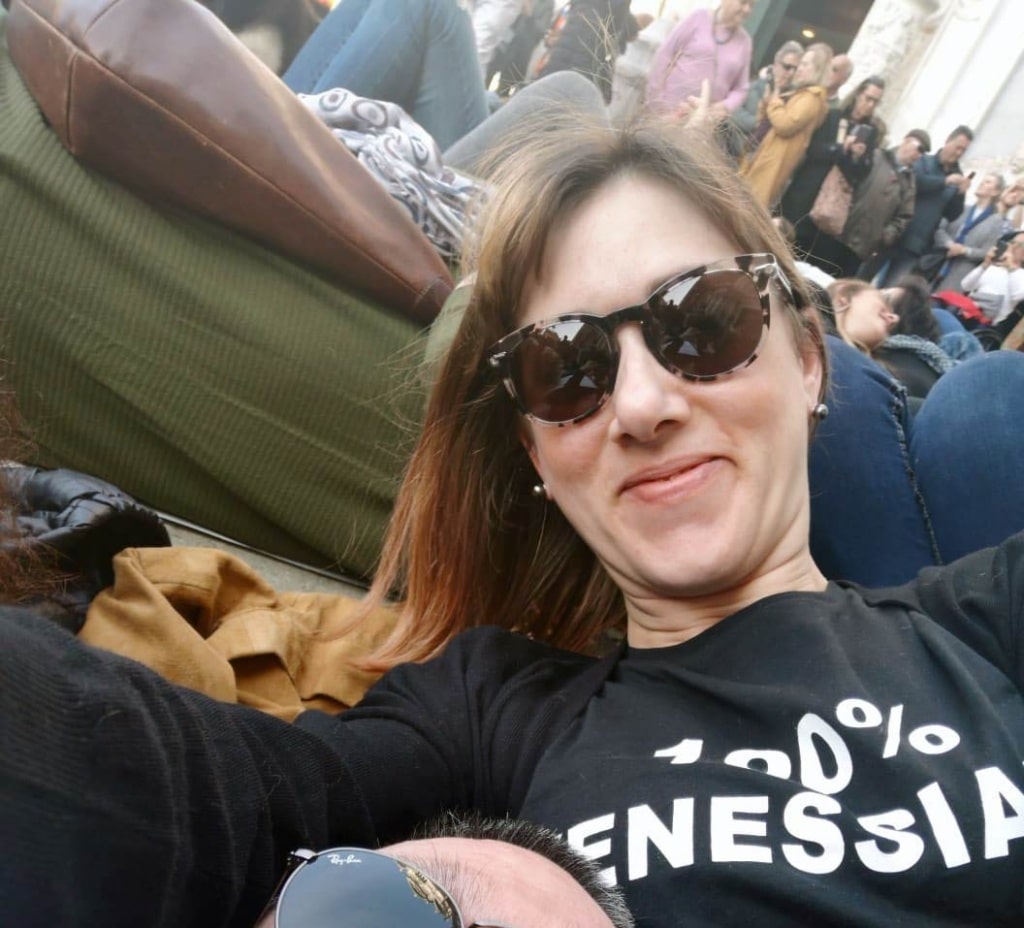
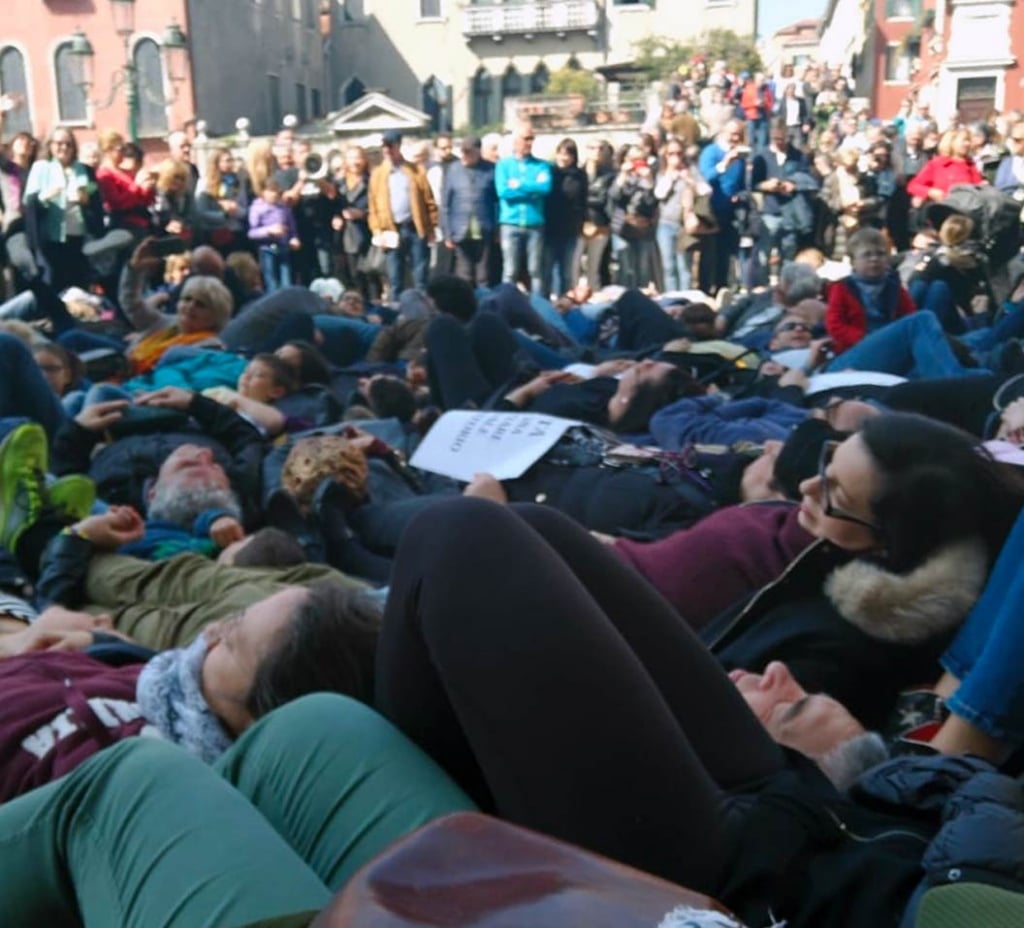

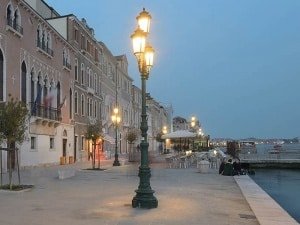
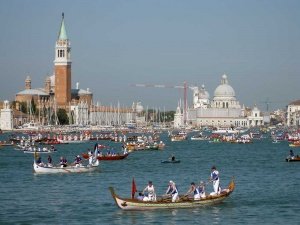
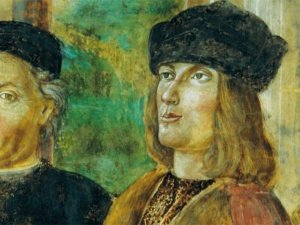

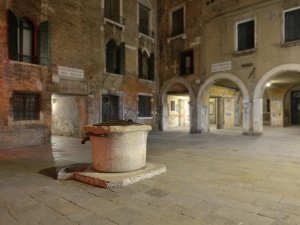
 Venice place names: Campi, Campielli, Corti
Venice place names: Campi, Campielli, Corti  Venice place names: Calle, Calle Larga, Salizada, Rio terà, Ramo, Sotoportego
Venice place names: Calle, Calle Larga, Salizada, Rio terà, Ramo, Sotoportego  The Venetian “Fondamenta”
The Venetian “Fondamenta”  2 years and still going strong: happy birthday Plum Plum Creations!
2 years and still going strong: happy birthday Plum Plum Creations!  The Bicentenary of Gallerie dell’Accademia – Canova, Hayez, Cicognara
The Bicentenary of Gallerie dell’Accademia – Canova, Hayez, Cicognara 
